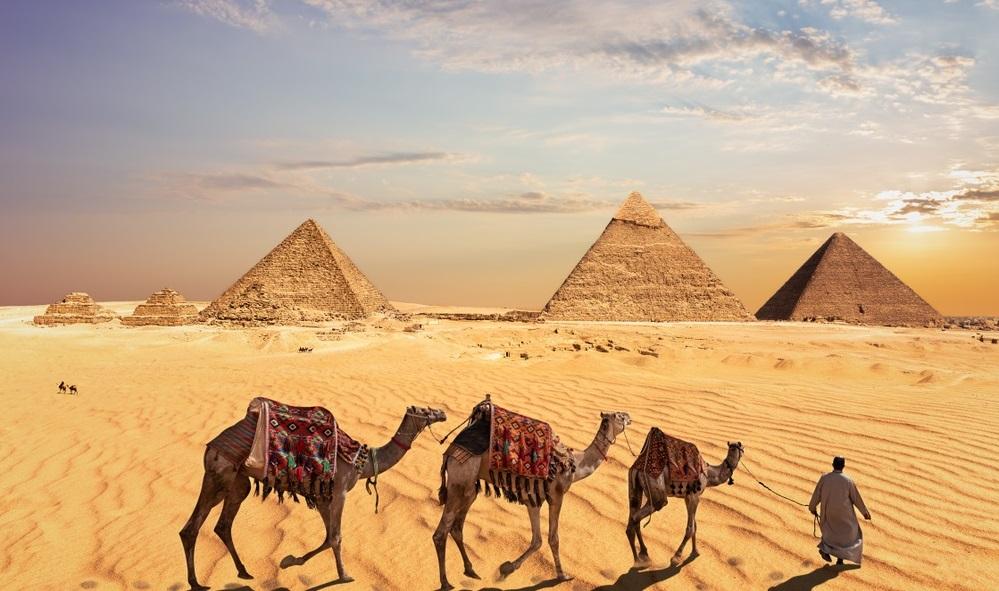Headed west, we cross the broad expanse of the Nile, so storied in our collective knowledge and memory, from carrying the baby Moses in a basket to running red in the biblical plagues. But today, nothing feels so ancient, the surface below buzzing with small boats, busy with the flow and urgency of day-to-day life.
Leaving the cacophony of Cairo’s center behind, the traffic on the highway remains thick, maintaining its languid pace, the four lanes spreading to six, or even eight, as everyone looks for an angle, pushing to get ahead.





